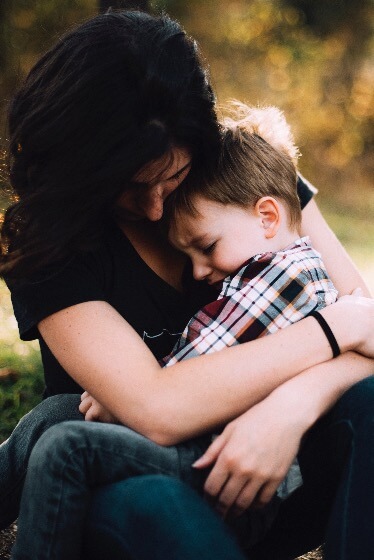Growing pain in children
What is growing pains?
Growing pains are very common in schoolchildren and can affect upto one or two in ten children. This is a benign condition and will resolve over a year or two. It does not affect growth of child and does not leave any long term adverse effects. It is best described as pain in muscles of thigh or legs which wakes up a child from sleep. The affected child does not have any systemic features or other musculoskeletal problems.

Why does it happen?
Exact cause of growing pains is unknown. It is seen commonly with increased physical activity or overuse. It can be also associated with recurrent headache or tummy ache. Some believe that there may be a link with decreased pain threshold or increased susceptibility to stressful situation in these children.
How does it present?
It is common in preschool and school-aged children. Affected child typically complains of intermittent pain in the evening or night, mostly in lower limbs. It is usually bilateral in thigh or calf and can be severe enough to make the child cry. Pain can wake up child from sleep ; but it responds well to massage heat or simple pain killers (paracetamol and ibuprofen).
The child is normal and can manage all activities when the pain settles and examination is entirely normal. There may be family history of growing pains or joint complaints. Some times there may be pain free period of weeks, but usually it occurs at least once a month. Pain is variable and complete resolution may take upto two years.
How does one diagnose it?
If a child is healthy, does not have any other complains and is pain free during the day; the diagnosis is entirely clinical.
History of the child should include details about the pain including frequency, duration, effect on sleep as well as day to day activities and school and pain relief medication. History of headache or abdominal pain is useful as well as family history. Examination of gait and examination of lower limbs (look, feel, move) is essentially normal.
X-rays, blood tests or any scans are not really needed. If done these tests are entirely normal.
What could be other causes of leg pain in a child?
Differential diagnosis can include:
Trauma, infection of bone or joint, Perthes disease, tumors of bone or blood, vitamin D deficiency or rheumatological conditions. Most of these conditions will present differently though and may not cause pain in both limbs at the same time. There will also be other history of either injury or systemic features (fever, malaise, weight loss, recurrent infections).
How is it treated?
Simple pain relief with local heat, massage, paracetamol and ibuprofen is adequate in most cases. Education of the families and reassurance can help reduce worry and stress. Activities can be modified to reduce overuse, but should not be stopped. Stretching exercises can be helpful. It is best to arrange follow up to ensure that the pain does not become worse or more frequent. If pain recurs more than four times a week, it is better to investigate the child.

Recent Comments